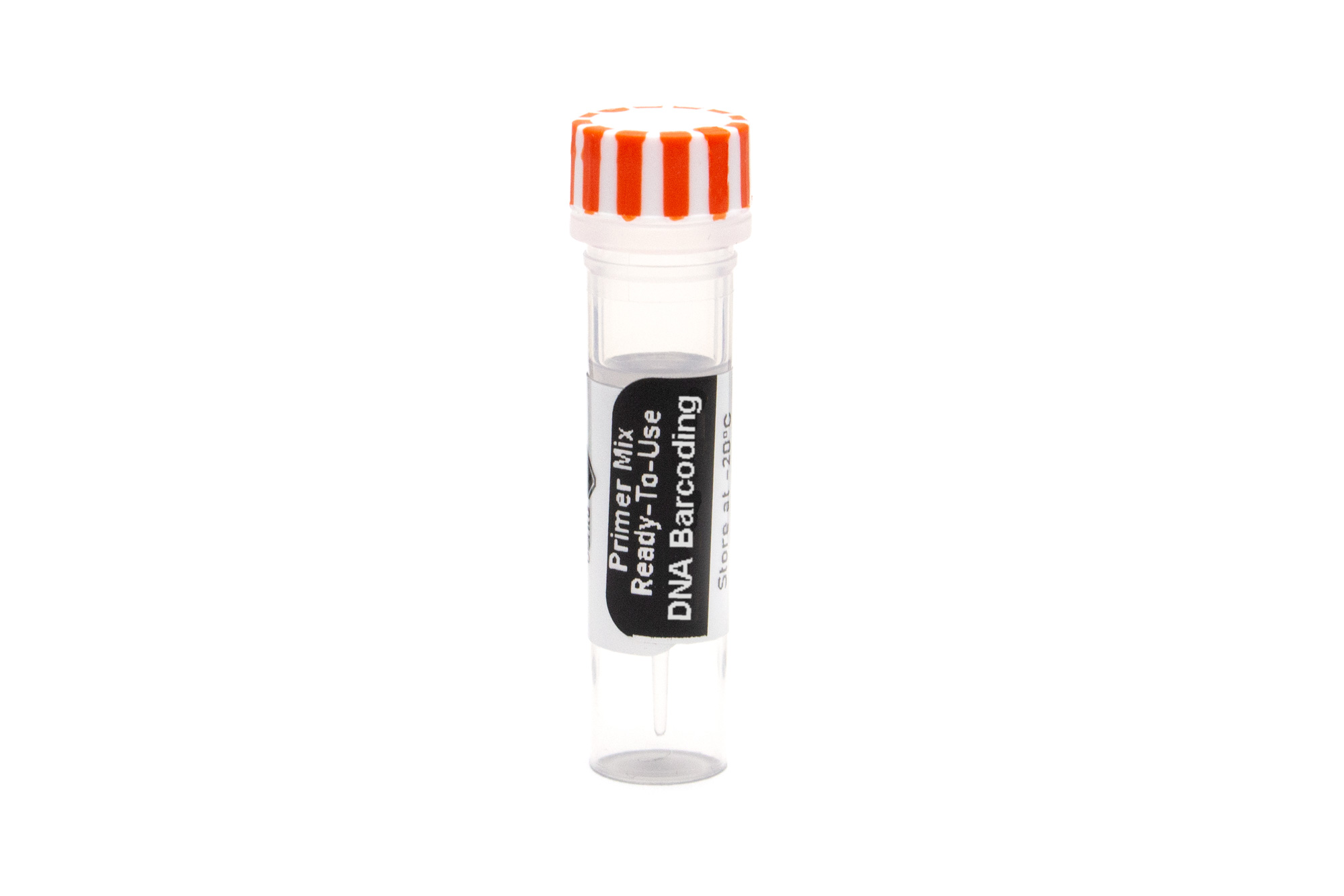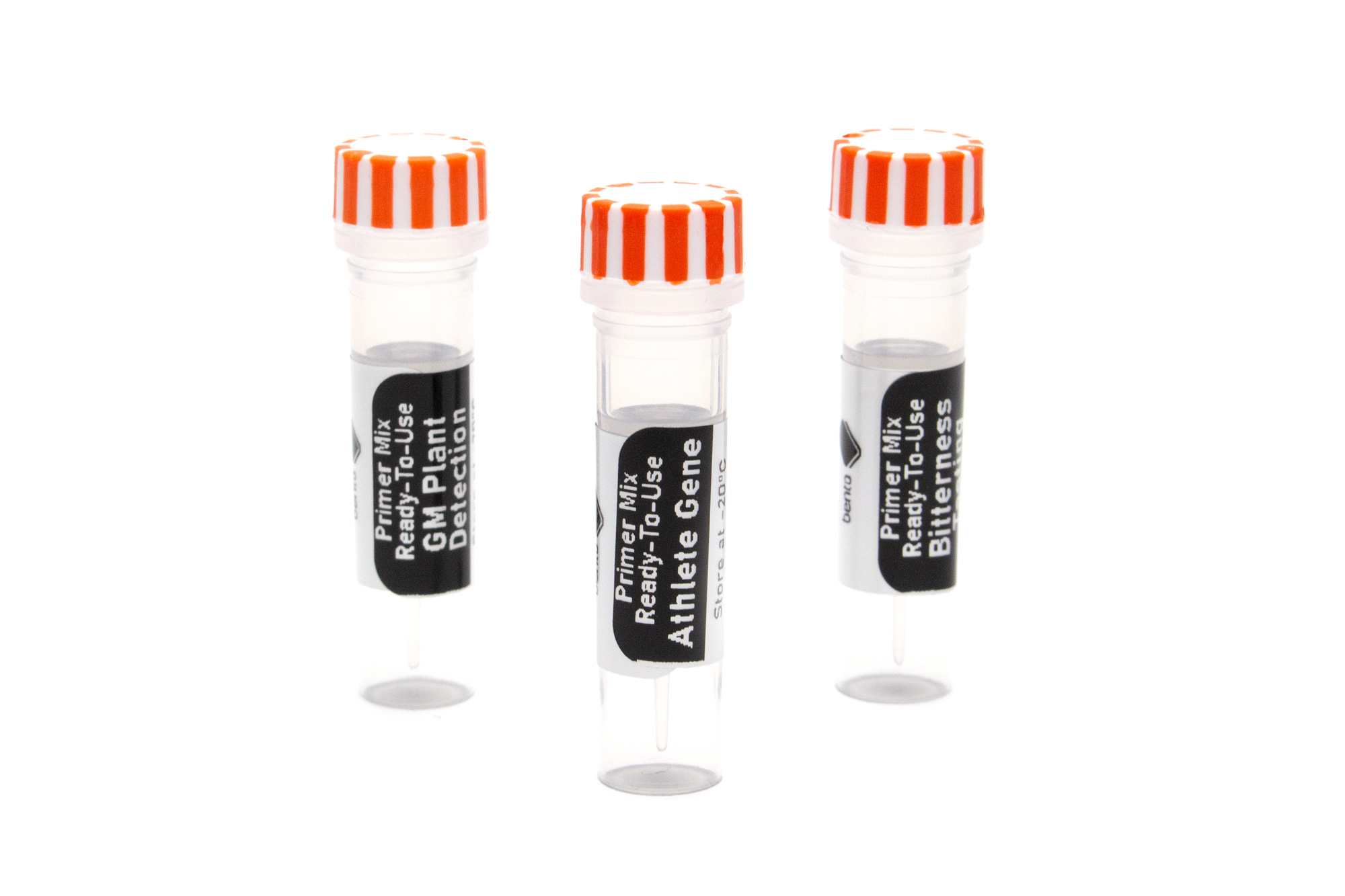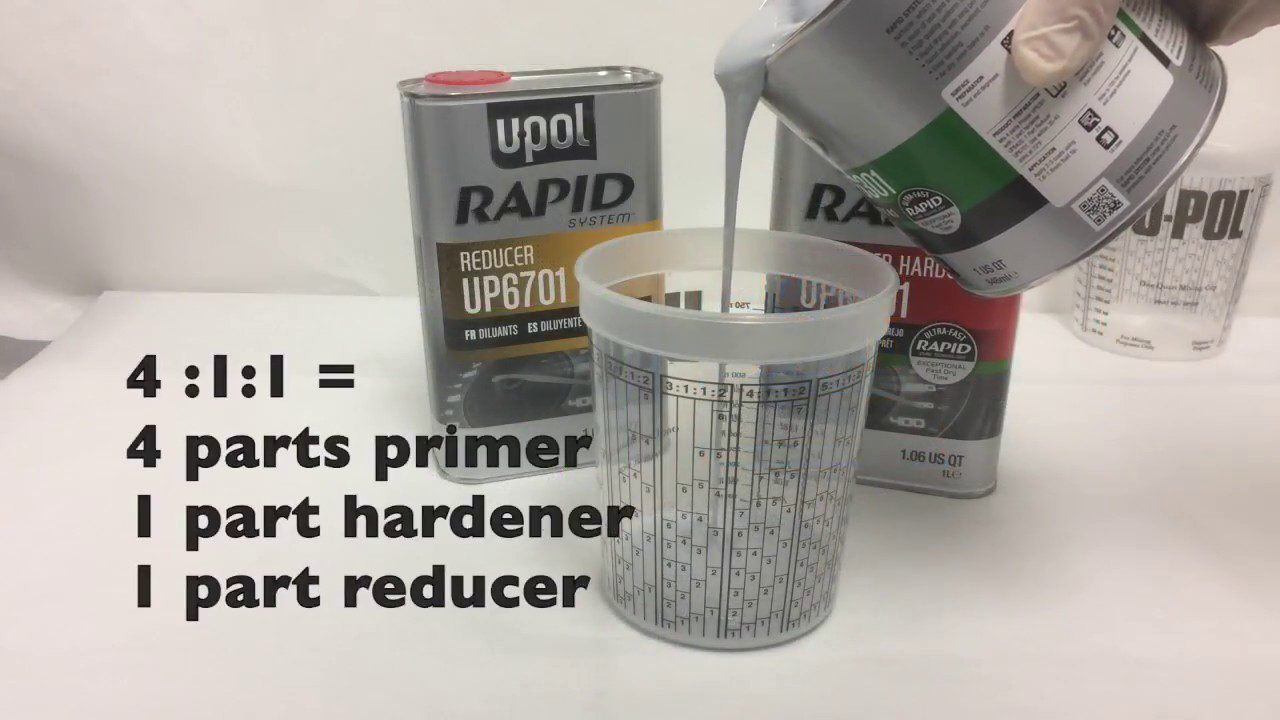Mixing primer is a simple yet crucial step in painting. It ensures smooth, even coverage.
To mix primer correctly, follow specific steps for the best results. Primer prepares surfaces for paint, ensuring adhesion and durability. Properly mixed primer can make a big difference in your painting project. Whether you are a DIY enthusiast or a professional, knowing how to mix primer correctly is essential.
This guide will walk you through the steps, tips, and techniques to ensure your primer is perfectly mixed. Let’s get started and make your painting project a success!
Choosing The Right Primer
Mixing primer correctly is crucial for a smooth finish. Combine the primer with the right amount of water or thinner. Stir thoroughly to ensure an even consistency.
Types Of Primers
There are several types of primers. Each type has a specific use. Oil-based primers are good for wood surfaces. They provide a smooth finish. Water-based primers are easy to clean. They work well on walls and ceilings. Shellac primers block stains and odors. They dry quickly.
Factors To Consider
Surface type is important. Wood, metal, and drywall need different primers. Drying time matters. Some primers dry fast. Others need more time. Coverage is another factor. Some primers cover better. You may need fewer coats. Durability is key for high-traffic areas. Choose a primer that lasts. Allergies or sensitivities? Some primers have low VOCs. They are safer to use indoors.

Credit: bento.bio
Tools And Materials Needed
First, gather all the necessary tools. You will need a mixing container. A stir stick is also essential. A measuring cup helps you get the right amount. Use a drop cloth to protect surfaces. Gloves keep your hands clean. Safety goggles protect your eyes. A dust mask is good for protection.
Some tools are optional but useful. A paint mixer attachment for a drill can make mixing easier. Painter’s tape helps with clean edges. Sandpaper smooths surfaces before priming. A paintbrush can help with small areas. A roller is good for large surfaces. A paint tray can hold the primer while you work.
Preparing The Surface
Start by mixing primer thoroughly to achieve a smooth consistency. Ensure the primer is well-stirred before application. This step prepares the surface for better adhesion.
Cleaning The Surface
First, make sure the surface is free of dust and dirt. Use a damp cloth to wipe it clean. Any grease or oil must be removed. Use a mild detergent if needed. Let the surface dry completely. A clean surface helps the primer stick better.
Sanding And Smoothing
Sanding helps to smooth rough areas. Use sandpaper with a fine grit. Sand the surface lightly. This will make it even and smooth. Wipe away any dust with a dry cloth. A smooth surface makes the primer look better. Repeat if necessary until the surface feels smooth to the touch.
Mixing Primer
Always read the instructions on the primer can. These instructions tell you how much water or solvent to add. They also tell you how long to mix the primer. Follow these directions carefully. This ensures the primer will work well. Never skip this step.
Use a stick or a mixer to stir the primer. Stir the primer slowly at first. This helps to mix everything evenly. Make sure to scrape the sides and bottom of the can. Keep mixing until the primer looks smooth. Check if there are any lumps. If you see lumps, keep mixing. A well-mixed primer covers surfaces better.
Testing The Primer
Mixing primer correctly is essential for a smooth finish. Stir the primer thoroughly to blend all components evenly. Use a clean mixing stick for best results.
Patch Test
Apply a small amount of primer to your skin. Wait for 24 hours. Look for any signs of redness or irritation. If there is none, it is safe to use. This test helps ensure no allergic reactions occur.
Adjusting Consistency
Check the thickness of your primer. If too thick, add a small amount of water. Stir well until the primer is smooth. If too thin, let it sit uncovered for a while. This will help the primer thicken naturally.

Credit: bento.bio
Applying Primer
Dip the brush into the primer. Make sure to only cover the bristles halfway. Tap off any extra primer. Start at the top corner of the wall. Brush in long, even strokes. Move the brush in one direction. Cover all areas. Check for any missed spots. Apply a second coat if needed.
Pour the primer into a paint tray. Roll the roller into the primer. Cover the roller evenly. Roll off extra primer on the tray. Start at the top of the wall. Roll in a “W” pattern. Fill in gaps with even strokes. Check for any missed spots. Apply a second coat if needed. Clean the roller after use.
Drying And Curing
Primer drying time is crucial. It depends on the room temperature. Also, the humidity levels. Usually, it takes about 1-2 hours. Touch dry means you can touch it without leaving fingerprints. But it’s not fully dry yet. Make sure to check the primer label for exact times.
Curing happens after the primer is dry. It means the primer gets hard and strong. This can take several days. Ideal conditions are a temperature between 60°F and 80°F. Also, low humidity helps. Avoid exposing the primer to dust or dirt during this time.
Common Mistakes To Avoid
Using too much primer can cause problems. Thick layers take longer to dry. This can lead to uneven surfaces. Always apply a thin, even coat. It is better to use multiple light coats. Let each layer dry before adding more.
Proper preparation ensures good results. Clean the surface first. Remove any dust, dirt, or grease. Sand rough spots for a smooth finish. Make sure the surface is dry. Priming on a wet surface can cause peeling. Taking these steps will help the primer adhere well.

Credit: www.youtube.com
Frequently Asked Questions
What Is The Ratio For Mixing Primer?
The typical ratio for mixing primer is 1 part primer to 1 part water or thinner. Always check the manufacturer’s instructions for specific ratios.
Can You Mix Primer With Paint?
No, primer should not be mixed with paint. Primer and paint serve different purposes and should be applied separately.
How Long Should Primer Dry Before Painting?
Primer should dry for at least 1-2 hours before painting. For best results, follow the manufacturer’s drying time recommendations.
Do You Need To Sand After Priming?
Yes, lightly sanding after priming helps create a smooth surface. Use fine-grit sandpaper for best results.
Conclusion
Mixing primer correctly ensures a smooth, professional finish. Follow the steps carefully. Stir thoroughly to avoid lumps. Test a small area first. Adjust consistency if needed. Use proper tools for application. Clean up immediately after use. A well-mixed primer sets a solid foundation.
Your walls will look great. Happy painting!

